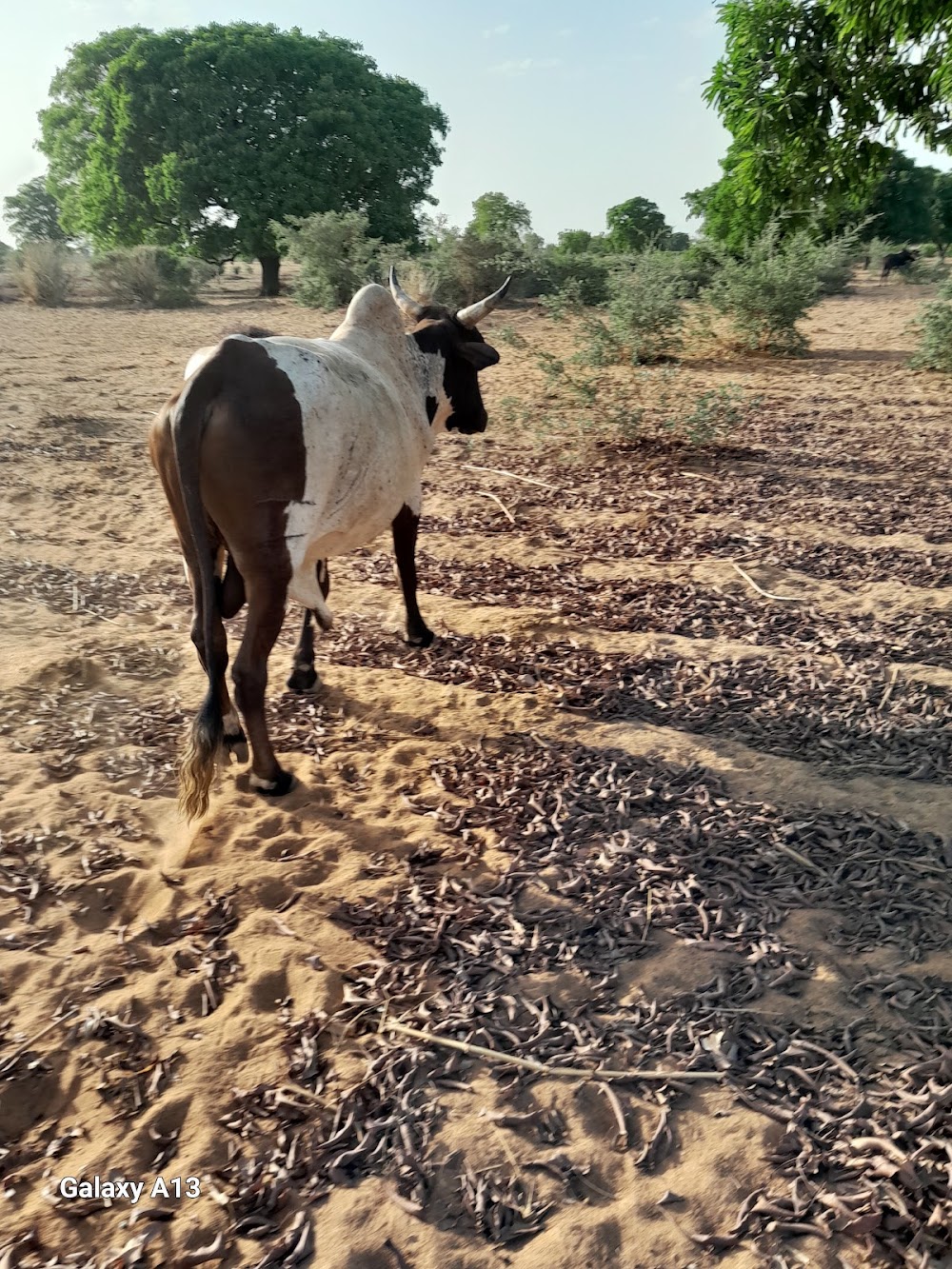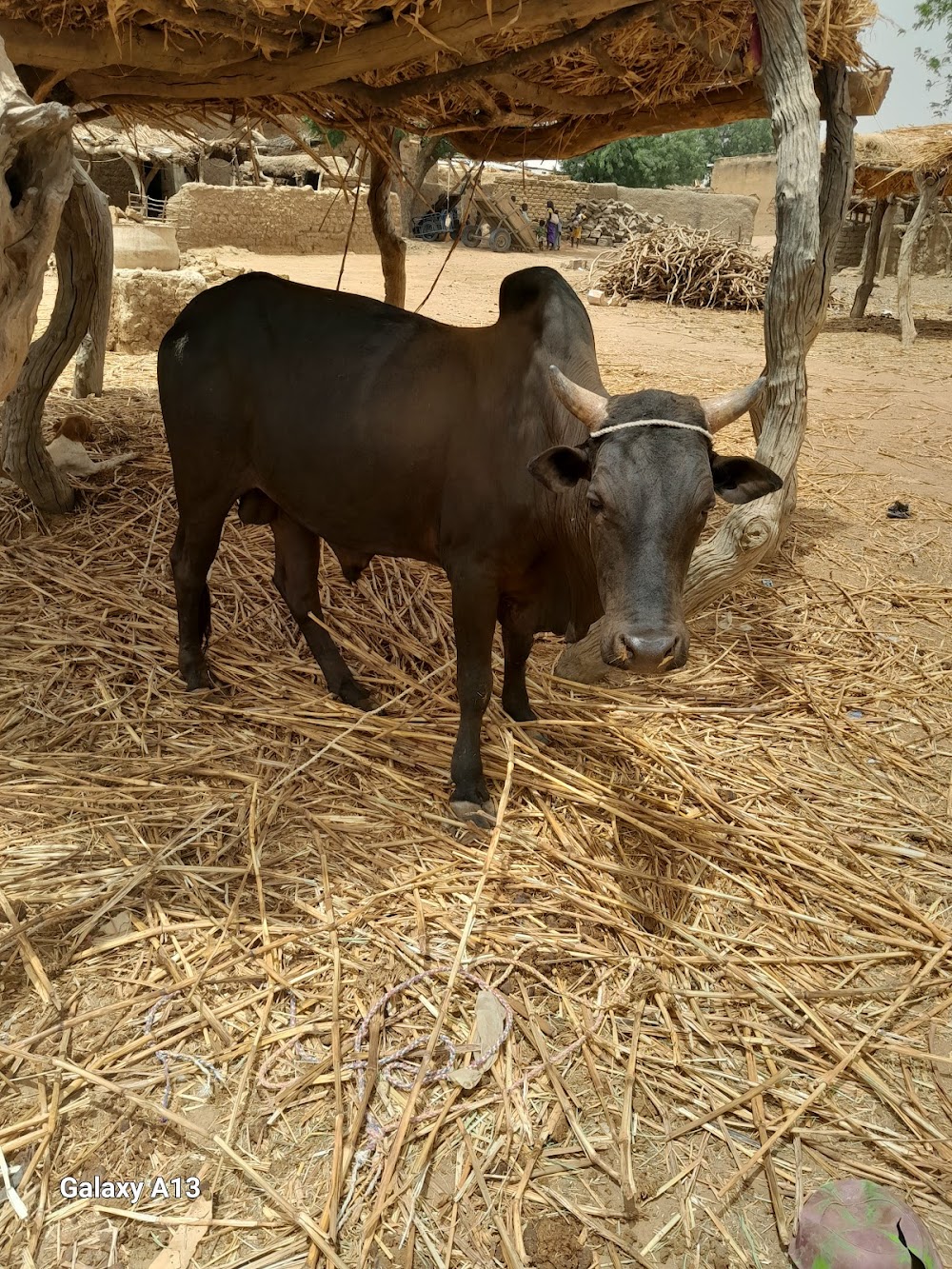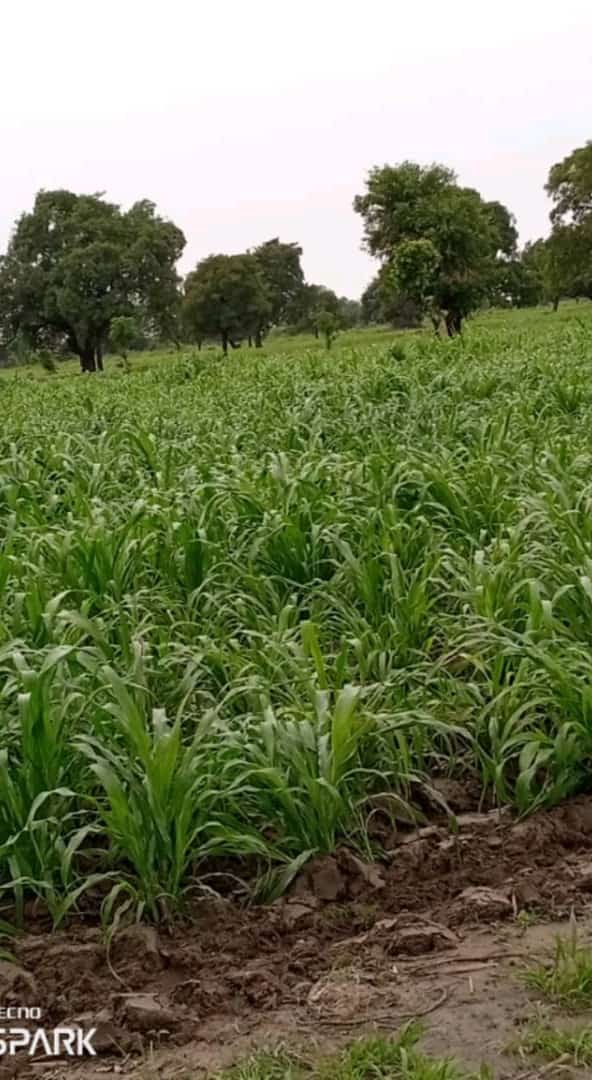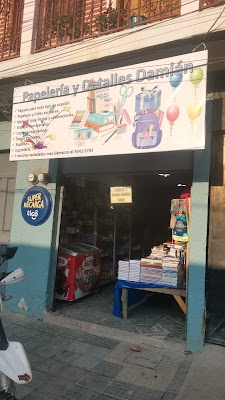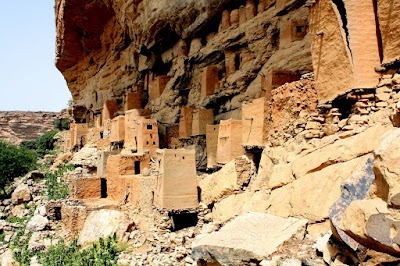Bamako-Ségou Road (Route Bamako-Ségou)
Related Places
Overview
In the heart of Mali lies a vital connection between two major regions: the **Bamako-Ségou Road**. This essential route links the bustling capital city of Bamako with the historic town of Ségou, serving as a lifeline for the nation. The Bamako-Ségou Road has played a significant role in Mali’s development, fostering economic growth and enhancing connectivity between these key areas.
The journey to construct the **Bamako-Ségou Road** was no small feat. It began in the mid-2000s when the Malian government recognized the urgent need to improve infrastructure and connectivity. The existing road was in poor condition, making travel slow and hazardous, especially during the rainy season. With support from international donors and financial institutions like the World Bank and the African Development Bank, a comprehensive plan was devised to revitalize this crucial route.
Construction officially kicked off in 2009 and involved a collaboration of local and international contractors. Thousands of workers participated in various phases of the project, from clearing land to laying asphalt. The use of modern techniques and equipment ensured efficiency and quality. Notably, the project prioritized local materials wherever possible, reducing costs and benefiting the local economy.
Despite facing challenges such as weather delays and logistics, the project made steady progress. Along the route, several bridges were constructed to facilitate the crossing of rivers and streams, significantly minimizing travel interruptions. The road was also widened and marked with clear signage for safer driving, enhancing overall travel conditions.
By 2014, the new **Bamako-Ségou Road** was officially opened. Spanning approximately 240 kilometers, this transformation cut travel time between Bamako and Ségou from nearly seven hours to less than three. This remarkable improvement revolutionized travel and transport in the region, enabling farmers and traders to easily move their goods to market, thus boosting local economies. Moreover, improved access to education and healthcare facilities benefited thousands of residents, while tourism in Ségou experienced a noticeable uptick.
The road did more than just facilitate movement; it became a symbol of progress and opportunity. Ségou, known for its rich cultural heritage and historic significance, found new avenues for development. Events like the **Festival on the Niger**, a major cultural celebration, saw increased attendance, as visitors could now reach the city with greater ease.
Additionally, the improved road enhanced security and administrative efficiency. Government officials and aid organizations found it easier to access remote areas, leading to better governance and more effective delivery of services.
Maintenance of the **Bamako-Ségou Road** became a priority to ensure its longevity. Regular inspections and repairs were instituted to address wear and tear, while community awareness programs promoted road safety among drivers and pedestrians. Local authorities collaborated closely with national agencies to uphold the standards established during construction.
In essence, the **Bamako-Ségou Road** stands as a testament to what can be achieved through dedication and collaboration. It exemplifies how infrastructure development can transform lives, fostering economic growth, improving access to essential services, and bringing communities closer together. More than just asphalt and concrete, this road is a crucial artery that continues to drive Mali towards a brighter future.


